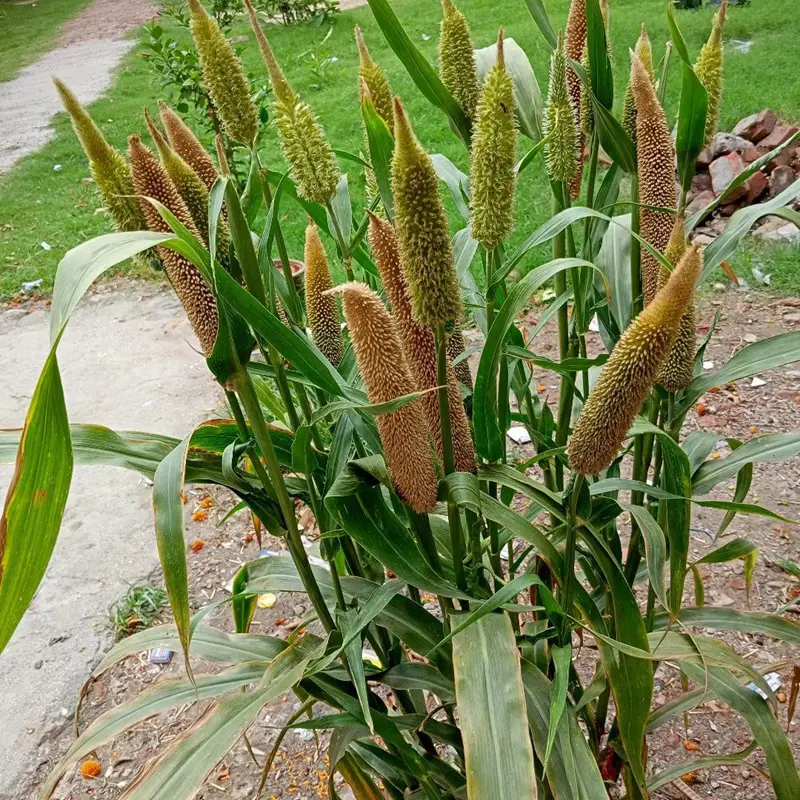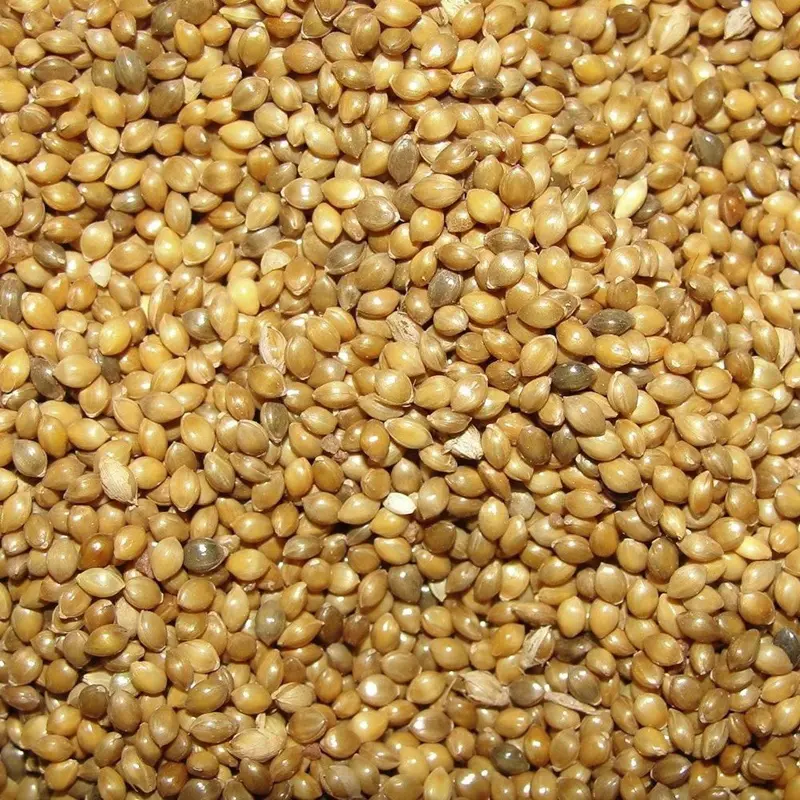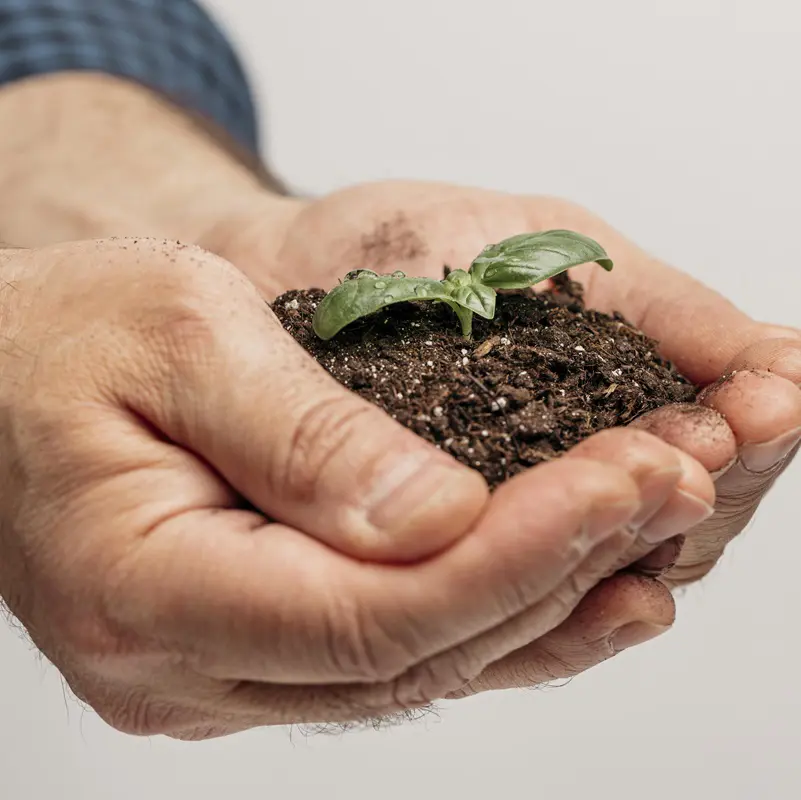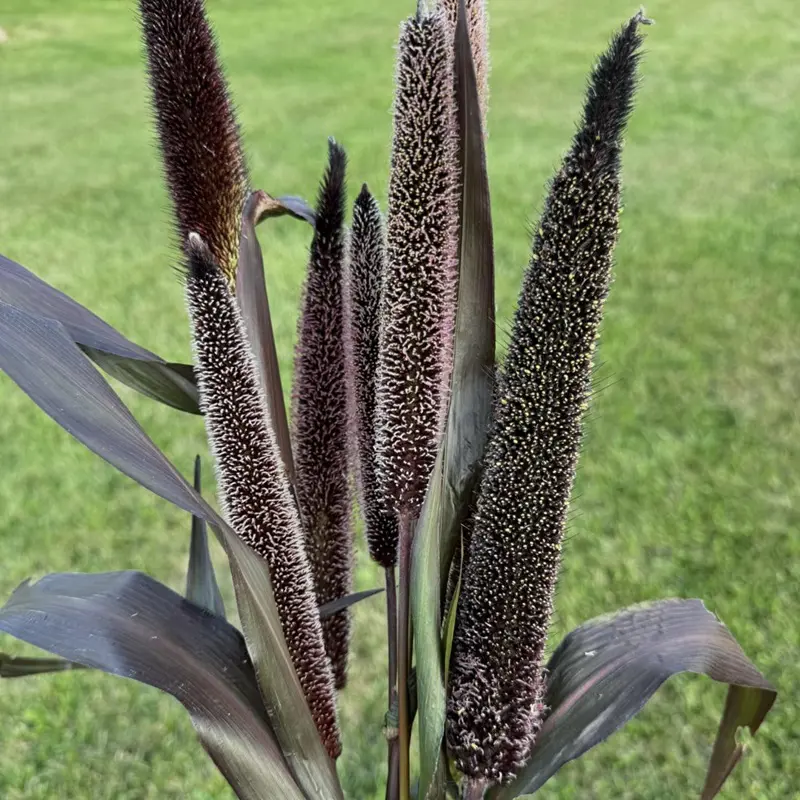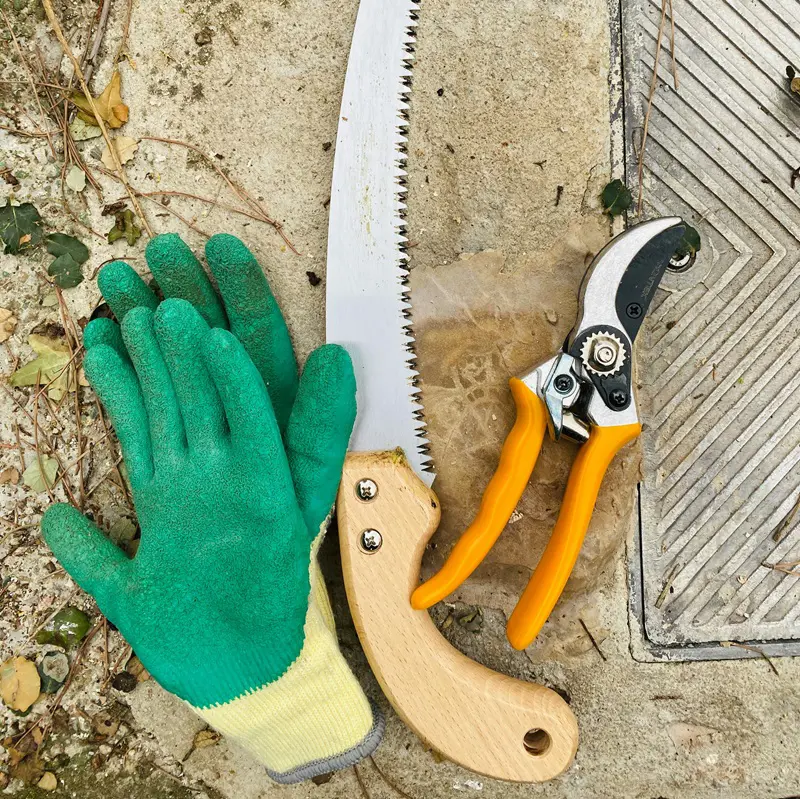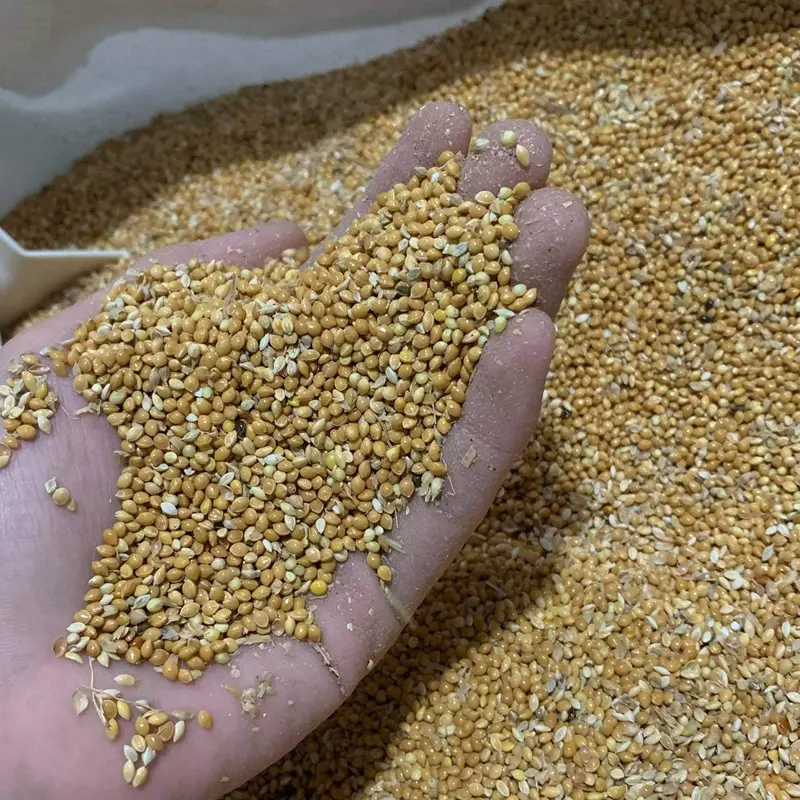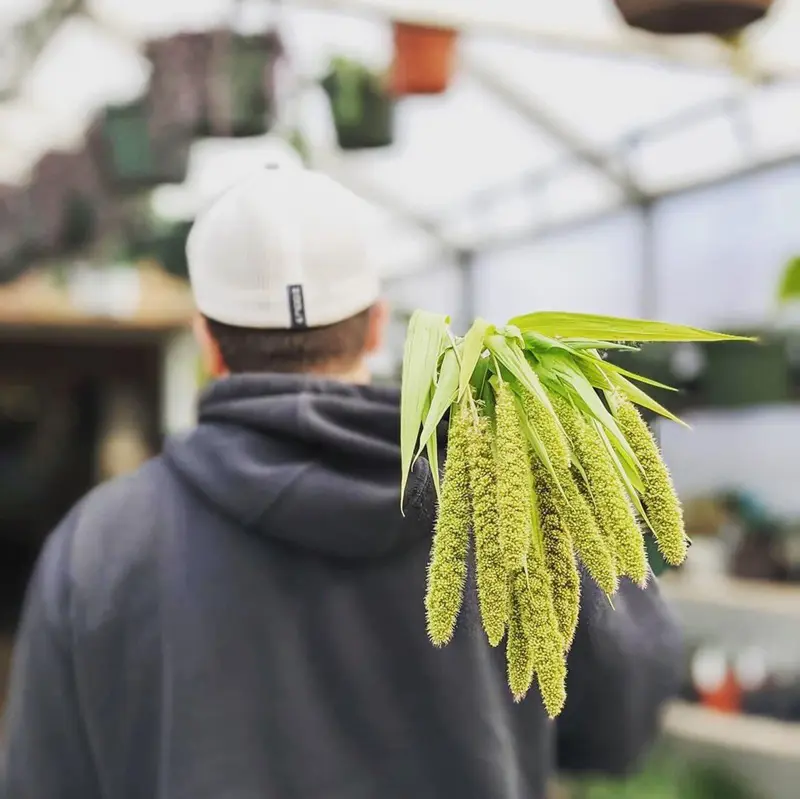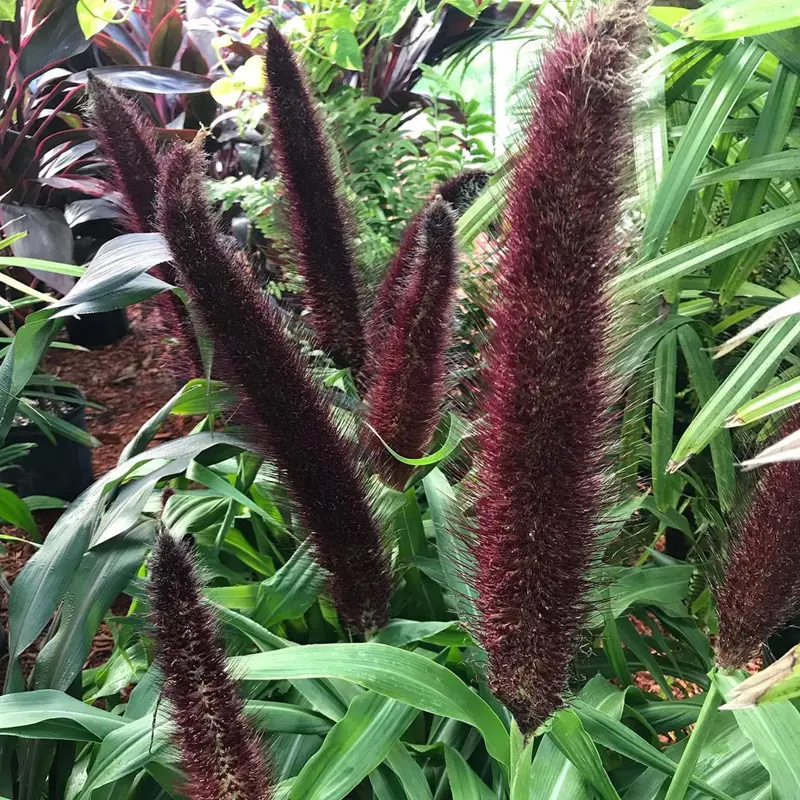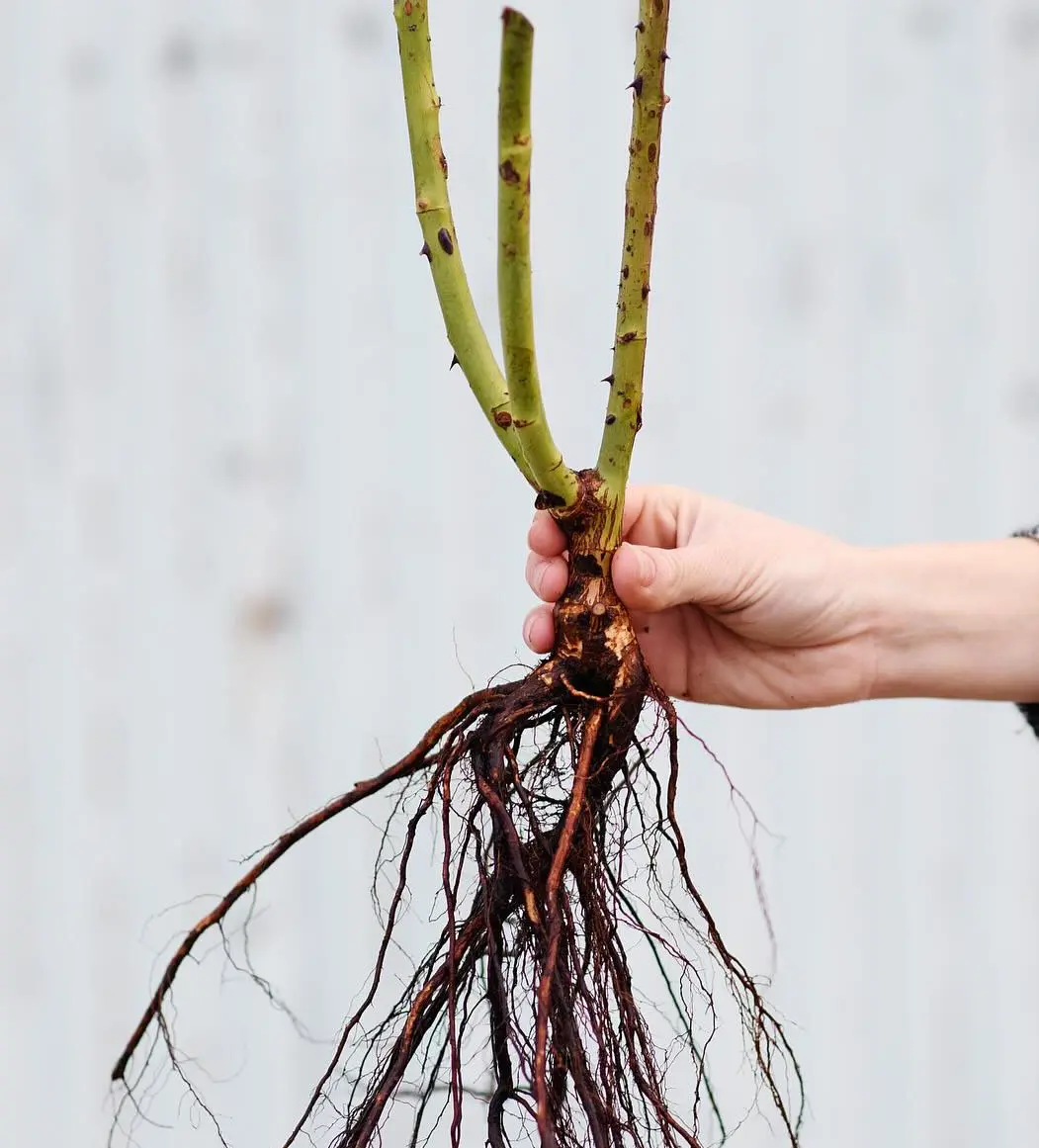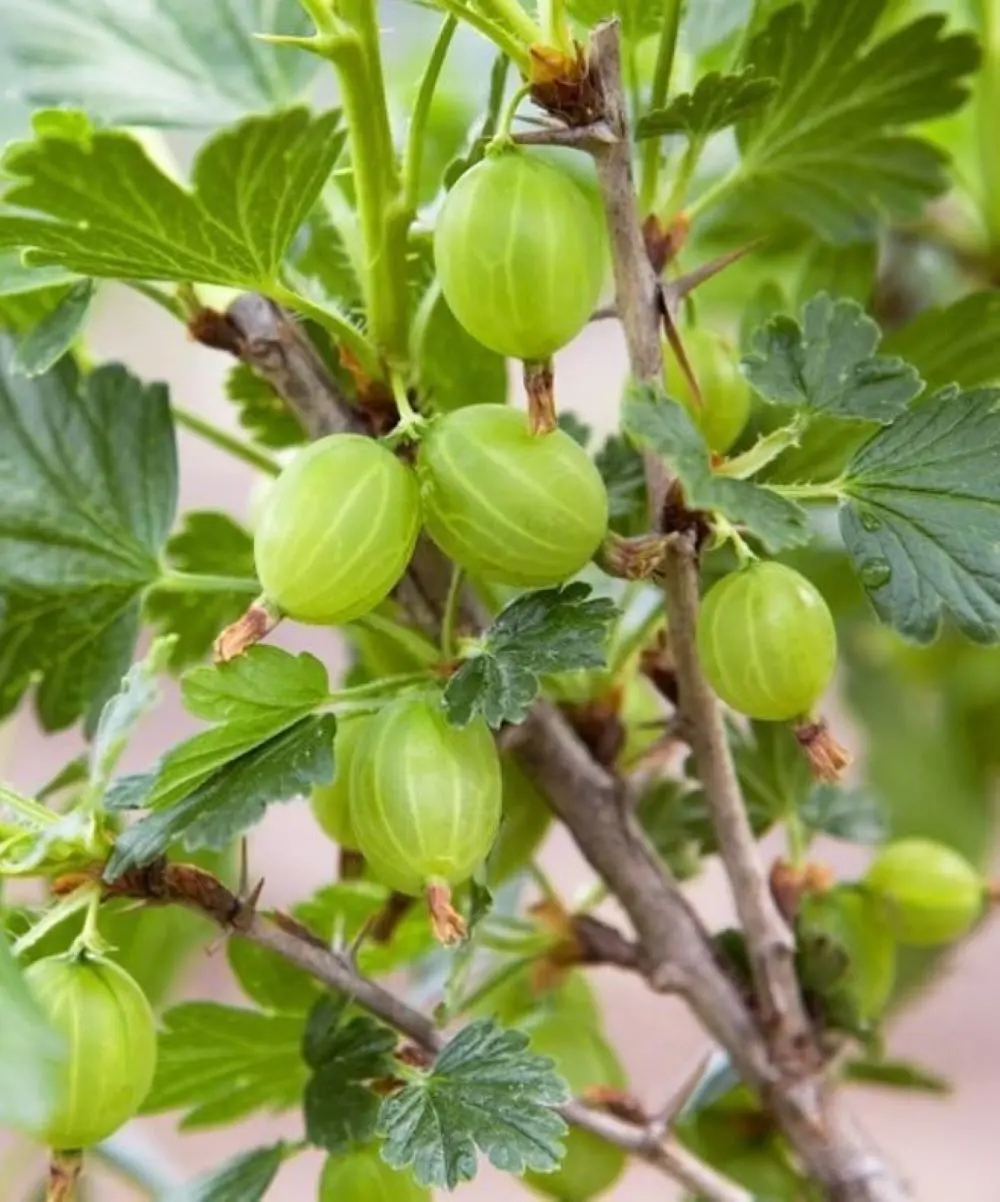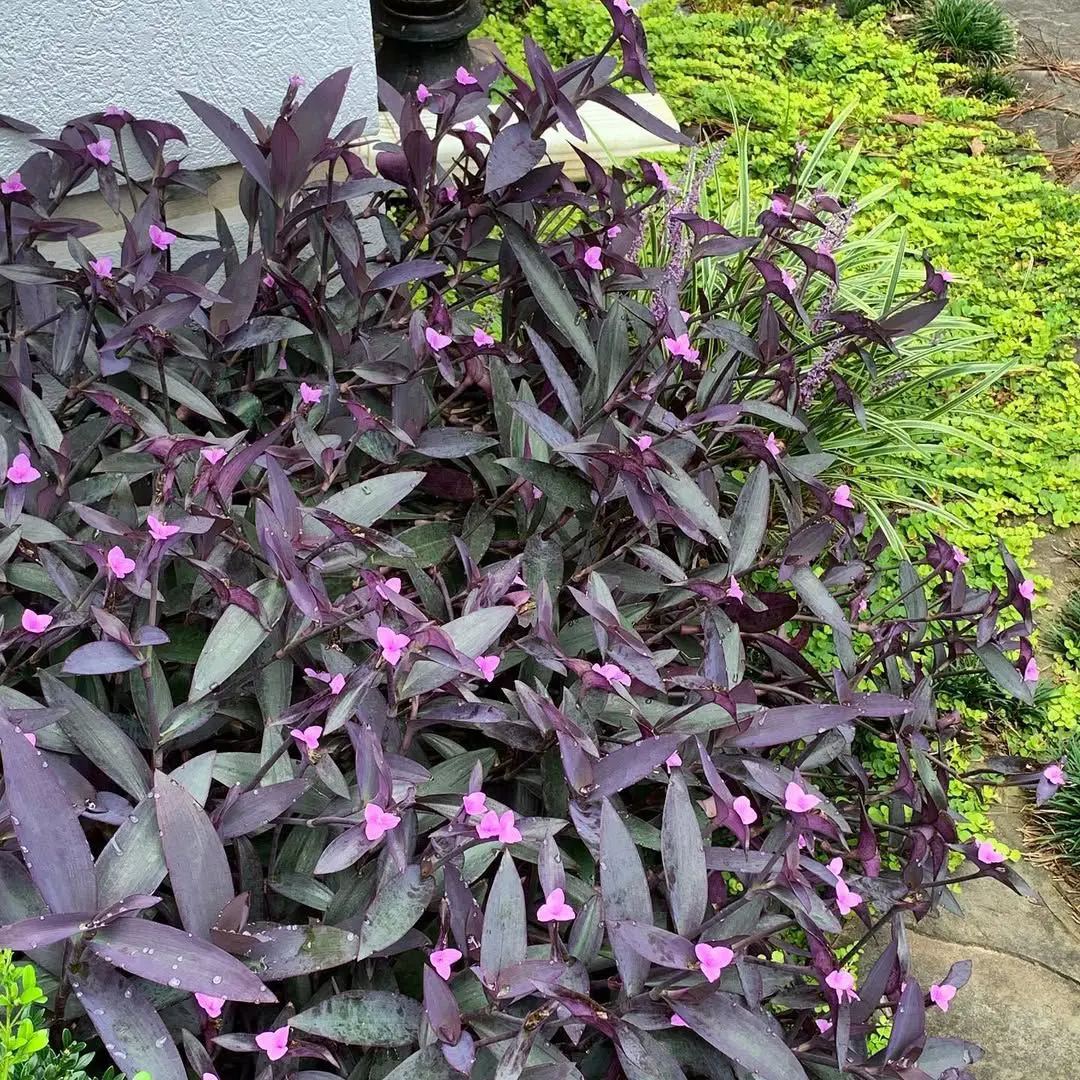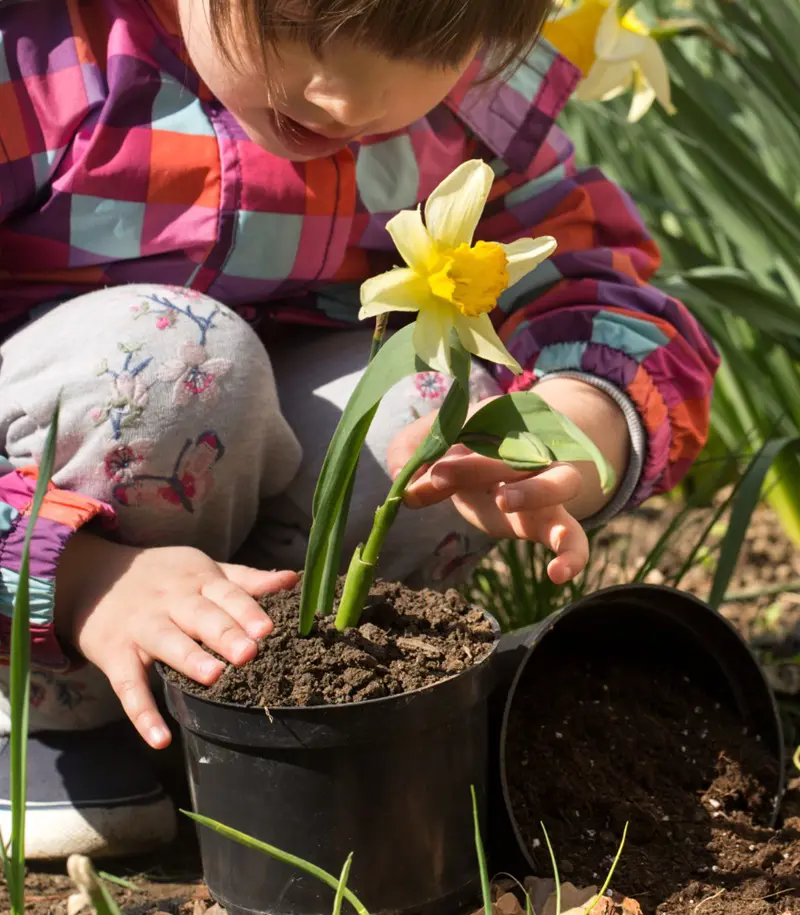When and Where to Plant Millet
Before planting millet in your garden, you might want to consider the optimal conditions for a successful harvest. We have listed out some conditions you need to consider to grow millet; Here's what you need to know.
Location and Light
Millet grows best in full sunlight which makes it essential for you to select a location that offers millet with a basking zone. Six to Eight hours of sunlight each day would be good for this sun-loving crop.
Just understand that it is completely dependent on light to grow well and produce seeds. It's more of a like "the more, the better". So ensure shaded areas are avoided where you are about to plant millet.
Soil
Millet tends to grow well in well-draining soil with a pH between 5.5 and 7.0. Make sure the soil is also either loamy or sandy soil. At the same time, make sure these soils have moderate fertility and hold moisture well without getting waterlogged.
You are free to add organic matter, like compost or well-rotted manure. This is done because they can improve the soil's structure and fertility. This will give the millet plants all the nutrients they need. Proper soil preparation helps ensure a healthy millet crop for the growing season.
Spacing
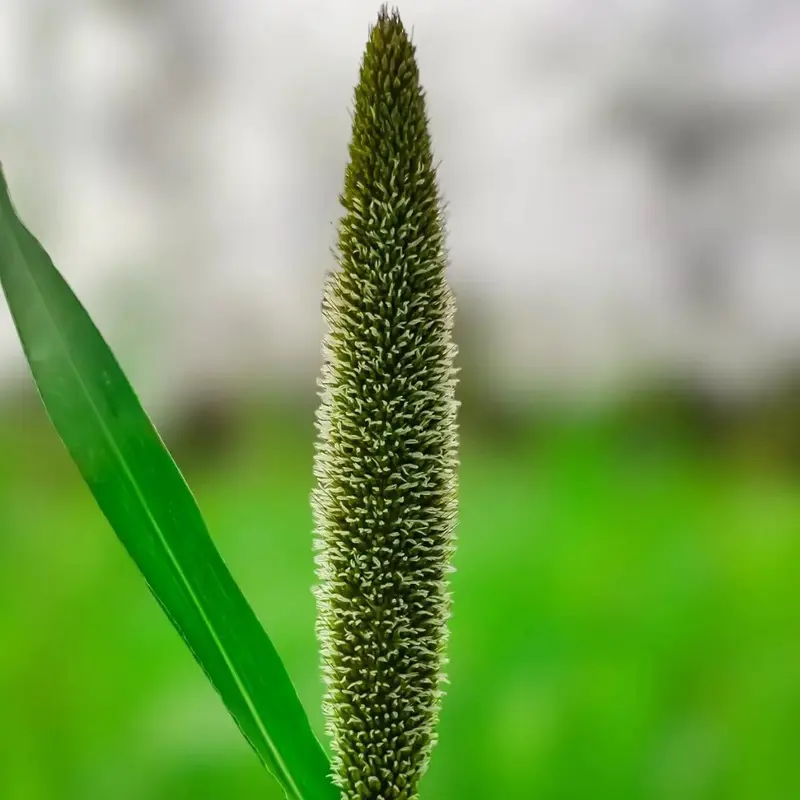
Proper spacing allows for good aeration and less competition for nutrient and water uptake in millet. Sow millet seeds 2 to 3 inches apart in small-scale gardens, with the rows 12-18 inches apart. However, under field or farm-scale conditions, one can plant using a seed drill, sowing the rows 24 to 36 inches apart.
After seedlings grow to 4-6 inches tall, thin them out to stand 6-8 inches apart. This spacing allows each plant enough room for proper growth and offers it the available share of resources it needs for healthy growth, reducing the chances of catching diseases.
Planting Time
You need to be aware of the planting time for your millet plant. In warm areas, plantation of millet is usually done in late spring to early summer when the temperature reaches about 65°F. In cooler areas, it is best to sow after the threat of frost has passed and the soil has warmed up a bit.
If you want your millet harvest to be in the fall, plant it 60 to 70 days before the first frost, so it matures just in time. With these timing estimates in mind, let's get into the step-by-step process of growing this multi-purpose grain.
